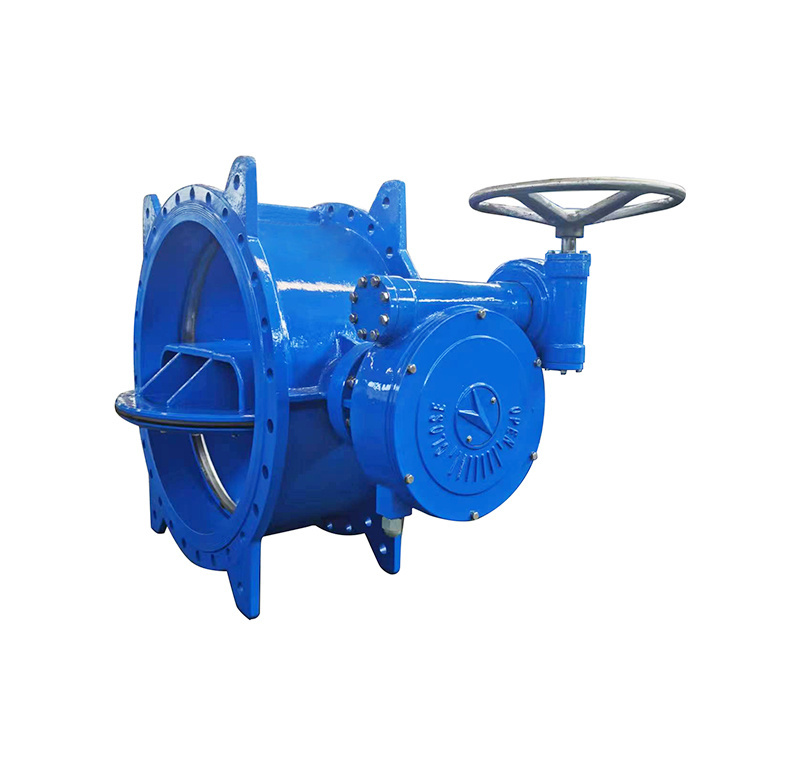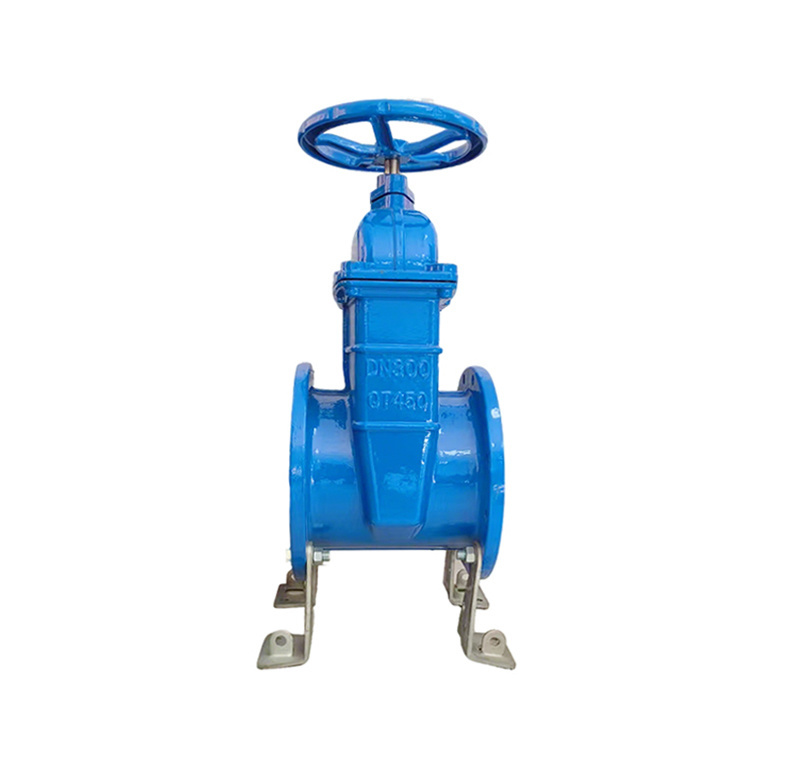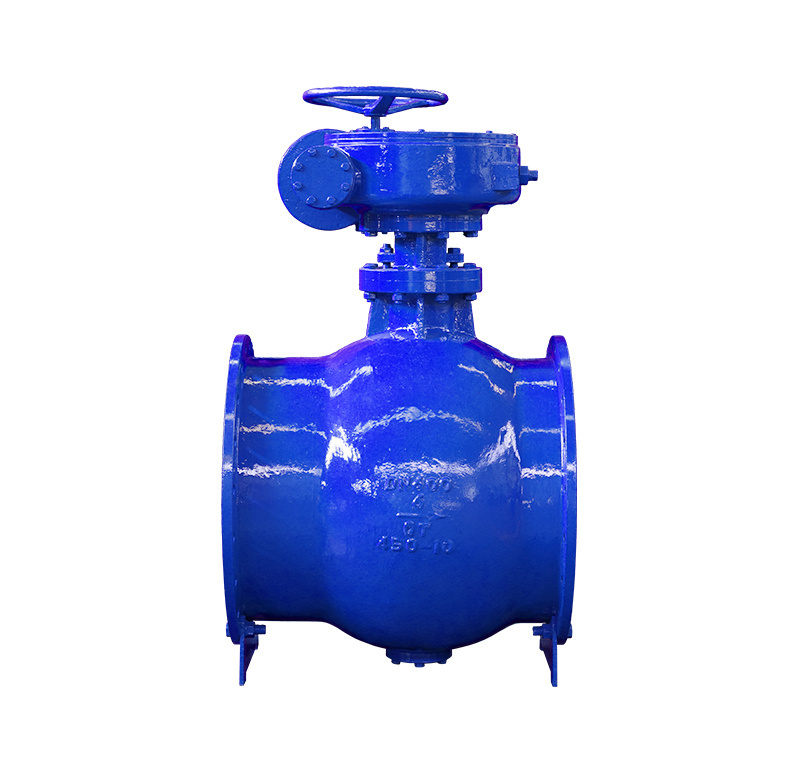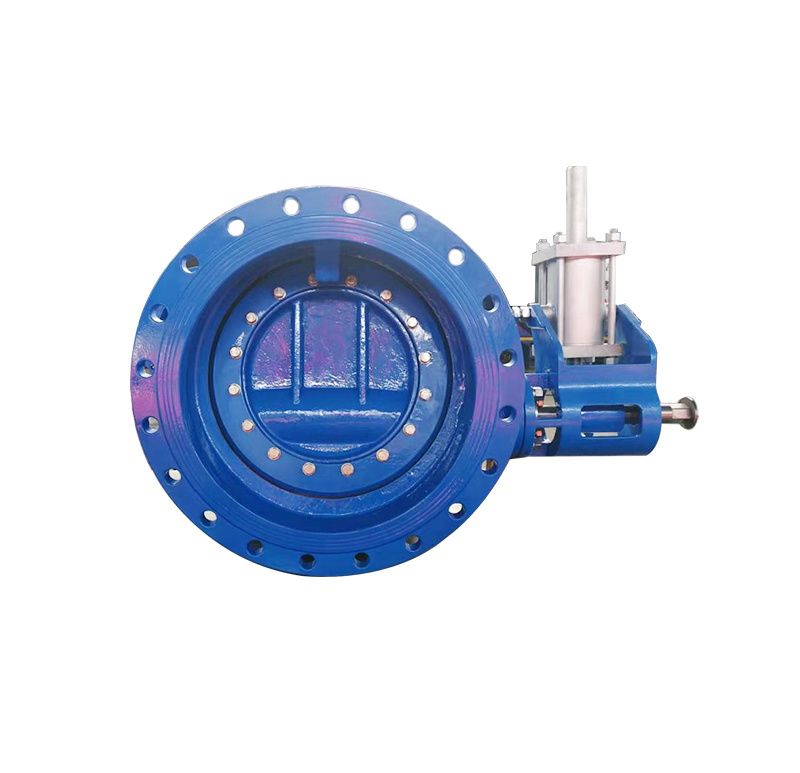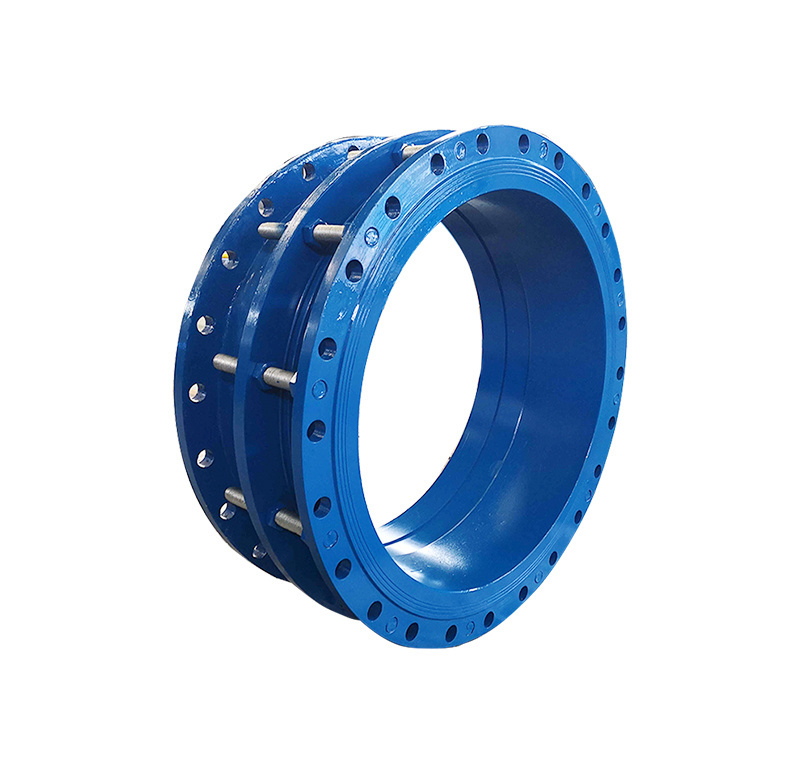Why Choose a Side-Mounted Half Ball Valve for Your Next Project?
Why Choose a Side-Mounted Half Ball Valve for Your Next Project?
Introduction to Side-Mounted Half Ball Valves
In the realm of industrial equipment and components, the choice of valves plays a crucial role in the efficiency and reliability of fluid control systems. **Side-mounted half ball valves** are increasingly gaining popularity due to their unique design and operational capabilities. Unl
Why Choose a Side-Mounted Half Ball Valve for Your Next Project?
Introduction to Side-Mounted Half Ball Valves
In the realm of industrial equipment and components, the choice of valves plays a crucial role in the efficiency and reliability of fluid control systems. **Side-mounted half ball valves** are increasingly gaining popularity due to their unique design and operational capabilities. Unlike traditional valves, these components offer a range of benefits that make them an ideal choice for various applications.
Understanding the Mechanism of Side-Mounted Half Ball Valves
To appreciate the advantages of side-mounted half ball valves, it’s essential first to understand their operational mechanism. The valve consists of a **spherical disc** that rotates within the housing, allowing for on/off control of fluid flow. This design minimizes pressure drop and enhances the flow characteristics of the system.
Key Components of Side-Mounted Half Ball Valves
1. **Ball**: The heart of the valve, responsible for controlling the flow of fluid.
2. **Body**: The outer casing that houses the ball and internal components.
3. **Stem**: Connects the actuator or handle to the ball, facilitating movement.
4. **Seals**: Ensure a tight closure to prevent leaks.
Benefits of Using Side-Mounted Half Ball Valves
Choosing a side-mounted half ball valve can significantly impact the efficiency and effectiveness of your project. Here are some compelling reasons to consider this type of valve:
1. Enhanced Fluid Control
Side-mounted half ball valves provide excellent flow control, allowing operators to adjust the flow rate with precision. This adaptability is particularly beneficial in applications requiring variable flow conditions, such as in chemical processing or water treatment facilities.
2. Durability and Longevity
Constructed with robust materials such as stainless steel or brass, these valves are designed to withstand extreme conditions, including high pressure and temperature variations. This durability translates to a longer operational lifespan, reducing the need for frequent replacements and maintenance.
3. Space-Efficient Design
One of the standout features of side-mounted half ball valves is their compact design. This allows for easier installation in limited spaces, optimizing the layout of your piping systems without compromising performance.
4. Cost-Effectiveness
While the initial investment might be higher than that of standard valves, the long-term savings from reduced maintenance and energy efficiency often outweigh the upfront costs. The reliability of side-mounted half ball valves can lead to substantial financial savings over time.
Applications of Side-Mounted Half Ball Valves
Side-mounted half ball valves are versatile and can be effectively used across various industries. Here are some common applications:
1. Oil and Gas
In the oil and gas industry, these valves play a crucial role in controlling the flow of hydrocarbons, ensuring safety and efficiency in operations.
2. Water Treatment
Side-mounted half ball valves are widely used in water treatment plants for their ability to handle aggressive chemicals and varying flow rates.
3. Chemical Processing
The chemical industry benefits from the reliability and precision of these valves, which are essential for managing corrosive materials and maintaining safe operations.
4. HVAC Systems
These valves help regulate the flow of air and fluids in HVAC systems, optimizing energy efficiency and system performance.
Installation Considerations for Side-Mounted Half Ball Valves
Proper installation is critical for the optimal performance of side-mounted half ball valves. Here are some key considerations:
1. Orientation
Ensure that the valve is installed in the correct orientation to facilitate proper operation. Typically, the valve should be mounted horizontally unless specified otherwise.
2. Piping Alignment
Proper alignment of the piping is essential to avoid stress on the valve. Misalignment can lead to premature wear and tear or even valve failure.
3. Sealing and Tightening
Utilize appropriate sealing materials and ensure that all connections are tightened to prevent leaks. Regular inspections can help catch potential issues early.
Maintenance Tips for Side-Mounted Half Ball Valves
To ensure your side-mounted half ball valves operate efficiently, regular maintenance is necessary. Here are some tips:
1. Routine Inspections
Conduct routine inspections to check for leaks, wear, and other potential issues. Early detection can prevent costly repairs down the line.
2. Lubrication
Proper lubrication of the stem and moving parts is crucial for smooth operation. Use manufacturer-recommended lubricants to avoid damage.
3. Operating Environment
Monitor the operating environment for extreme conditions that may affect valve performance. Ensure that the valves are suitable for the specific conditions they are exposed to.
FAQs About Side-Mounted Half Ball Valves
1. What is a side-mounted half ball valve?
A side-mounted half ball valve is a type of valve that uses a spherical disc to control fluid flow. Its design allows for efficient operation in various industrial applications.
2. What are the advantages of side-mounted half ball valves?
These valves offer enhanced fluid control, durability, space efficiency, and cost-effectiveness compared to traditional valves.
3. In what industries are side-mounted half ball valves commonly used?
They are commonly used in oil and gas, water treatment, chemical processing, and HVAC systems.
4. How do I install a side-mounted half ball valve?
Ensure proper orientation, align the piping, and securely tighten all connections during installation to prevent leaks and ensure optimal performance.
5. What maintenance is required for these valves?
Routine inspections, proper lubrication, and monitoring the operating environment are essential for maintaining side-mounted half ball valves.
Conclusion
In summary, the choice of a side-mounted half ball valve can significantly enhance the efficiency, durability, and cost-effectiveness of your industrial applications. Their unique design and operational capabilities make them suitable for a wide range of environments, ensuring optimal fluid control while minimizing maintenance costs. Investing in a side-mounted half ball valve for your next project is a decision that can yield substantial long-term benefits, making it a choice worth considering for industrial engineers and project managers alike.









